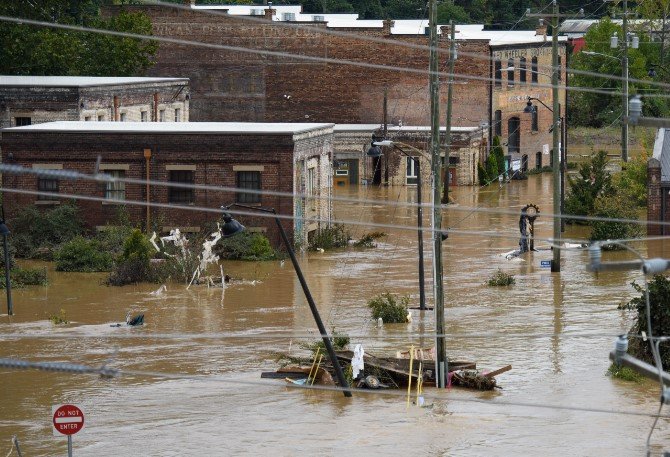In light of increasing climate change-driven extreme weather events, there is a growing call for lawmakers to revisit and implement storm and flood safety regulations that were previously blocked. These regulations are crucial for enhancing community resilience and protecting lives and property from the devastating impacts of floods and storms. The Federal Flood Risk Management Standard (FFRMS), which aims to improve resilience in flood-prone areas, is at the center of this debate. Advocates argue that reinstating these rules is essential for safeguarding vulnerable communities and mitigating future risks.
The Importance of Flood Safety Regulations
Flood safety regulations play a vital role in protecting communities from the severe impacts of flooding. The Federal Flood Risk Management Standard (FFRMS) was designed to ensure that federally funded projects are constructed with higher elevation standards and are located outside high-risk flood areas. This standard aims to reduce the need for repeated reconstruction and save taxpayer dollars by minimizing flood damage.
The FFRMS also requires federal agencies to consider the impacts of climate change on future flood risks when funding and siting projects. This forward-thinking approach is critical in an era where extreme weather events are becoming more frequent and severe. By prioritizing the protection of floodplains and ensuring infrastructure is built to withstand future risks, the FFRMS helps improve community resilience and reduce long-term costs.

Despite its importance, the FFRMS has faced opposition and was previously blocked by lawmakers. However, recent events have highlighted the urgent need for robust flood safety regulations. Advocates are now calling for a reassessment of these rules to better protect communities from the increasing threat of floods.
Challenges and Opposition
The implementation of flood safety regulations has not been without challenges. Opponents argue that the FFRMS imposes additional costs and regulatory burdens on development projects. They contend that these regulations can slow down infrastructure projects and increase expenses for builders and developers. This opposition has led to the blocking of the FFRMS and other similar regulations in the past.
However, the cost of inaction can be far greater. The financial and human toll of repeated flood damage and reconstruction is significant. Without adequate flood safety measures, communities remain vulnerable to the devastating impacts of floods, which can result in loss of life, property damage, and economic disruption. The long-term benefits of implementing robust flood safety regulations far outweigh the initial costs.
Advocates for the FFRMS argue that the standard provides a necessary framework for building resilient infrastructure that can withstand future flood risks. They emphasize the importance of proactive measures to protect communities and reduce the need for costly recovery efforts. By revisiting and reinstating the FFRMS, lawmakers can ensure that flood safety remains a priority in infrastructure planning and development.
Moving Forward with Resilience
As climate change continues to exacerbate the frequency and severity of extreme weather events, the need for effective flood safety regulations becomes increasingly urgent. Reinstating the Federal Flood Risk Management Standard (FFRMS) is a critical step towards building resilient communities that can withstand future flood risks. Lawmakers have a responsibility to protect their constituents by ensuring that infrastructure projects are designed and constructed with flood safety in mind.
Moving forward, it is essential to adopt a comprehensive approach to flood risk management that includes robust regulations, community engagement, and investment in resilient infrastructure. By prioritizing flood safety, lawmakers can help mitigate the impacts of climate change and protect vulnerable communities from the devastating effects of floods.
The call to revisit and implement storm and flood safety regulations is not just about preventing future disasters; it is about creating a safer and more resilient future for all. By taking proactive measures today, we can build stronger, more resilient communities that are better prepared to face the challenges of tomorrow.

Comments